All of this stuff going on lately has me rethinking many things and one of those is our approach to head drawing, and more specifically towards ethnic differences. I want to present a different way of thinking about drawing various ethnic types without thinking distinctly African, European, Asiatic, etc. Part of me is looking for a better way to teach this concept without it becoming a touchy issue, and another part of me want to find a new way to think about ethnicity so that for character designers and creature designers we have another approach towards the different races of aliens, fantastical creatures, etc.
We are who we are because of who conceived us, our lineage, and where we live. This is partly how I teach my character design classes, looking into the regional effects on the human body and on the creatures that live in the same climate and how the bodies of both have adapted to the climate, the ground, the foliage, predators, etc. Starting with something truly believable might seem like it would limit our design choices but quite the opposite happens, there is more freedom to design well because the choices are no longer so “blue sky”, they are bound within a space we have to work with.
I start the class with as much objective information as possible on how region effects the body. I look at character design with these two concepts first:
1. Latitude radically tweaks the environmental physiology of the body.
2. Coastal Living vs. Continental Interior Living tweaks the environmental physiology of the body.
Then, I add a 3rd element to this formula for the “theatrical” or “truly conceptual” portion of the design:
3. Change the chemical content within the planetary atmosphere, its liquid bodies, etc. or change the physical makeup of the planetary design (physical) to add an additional challenge to your design.
or
4. Place an extreme limitation in this world space that will shift the design of your character/creature to adapt.
The following is some of the scientific data I hand out. I pulled this from: australianmuseum.net.au
Humans today show an enormous diversity in appearance, however this diversity was not apparent in early Homo sapiens. Early members of our species lived in Africa and had evolved physical characteristics that were similar to each other in order to survive in that climate. When humans started to spread to different parts of the world about 100,000 years ago, they encountered a variety of different climatic conditions and evolved new physical adaptations more suitable to those new climates.
Recent DNA studies (since 2007) confirm that genetic traits have changed or adapted to new environments during this time. In fact, the rate of change of DNA, and thus the rate of evolution, has accelerated in the last 40,000 years. Areas of the human genome still seem to be undergoing selection for things such as disease and skin color.
Physical characteristics such as skin and eye color, hair type and color and body shape are determined by genetics, but can also be influenced by the environment. Over long periods of time, the environment will act on the genes to develop particular characteristics within a population.
All one species – how climate affects physical characteristics
Body Builds: Short, stocky builds are typical of humans living in cold climates. The reduced surface area compared to weight allows more body heat to be retained. A thin, long-limbed build is typical of humans in hot regions. The larger skin surface compared to weight allows for body heat to be lost more easily.
Skin Color: Lighter skin allows the penetration of the sun’s UV rays. These rays help the body to synthesize vitamin D. Darker skin protects the body from absorbing too many UV rays. This can cause cancer or destroy important vitamins and minerals.
Noses: People living in hot, humid climates tend to have broad, flat noses that allow inhaled air to be moistened and the moisture in exhaled air to be retained. People living in hot, dry climates typically have narrowed, projecting noses. This type of nose reduces the amount of water that is lost from the lungs during breathing. People living in cold, dry climates generally have smaller, longer and narrower noses. This type of nose moistens and warms the incoming air.
Hair: Tight, curly hair keeps the hair off the neck and exposes more areas of the scalp than straight hair. This helps with cooling and evaporation of sweat. Straight hair is common in people living in colder climates as it keeps the neck and head warm. Straight hair also allows cold moisture to run off the scalp more easily.
Face Shape: Eskimos have adapted to extreme cold by retaining layers of fat on their faces for additional warmth. Populations in northern Asia and the Arctic tend to have broad, flat faces as these reduce the effects of frostbite.
Mouth Shape: Thick lips have a larger surface area to help evaporate moisture and cool the body. The larger surface also allows cooling by moistening of the lips.
Eyes: The epicanthic fold common among Northern and Eastern Asian populations is an adaptation for protecting the eye from the hard driving snow typical in these regions, and also to reduce snow glare. Blue eyes are better adapted for vision in regions where there is reduced light, as they let in more light than darker coloured eyes.
Additional: Australian Aborigines of the Central Desert have an unusual physical adaptation to living in a climate where it can be freezing for short periods, such as during cold desert nights. They have evolved the ability to drop their bodies to low temperatures without triggering the usual reflex of shivering.
Evolution stepped in with a thing called exaptation which is a shift in the function of a trait during evolution that gets in the way and all of a sudden we as a society become selective about who is deemed worthy, beautiful and fit for the gene pool. And we have been selectively breeding out inferior traits since probably before the birth of tribes.
A few more technical points:
The skull is broken down into three sections, the skull cap, the face mask and the jaw. These sections are where the likeness starts, in the shapes of the bones and their proportions, before any features are placed, the likeness should already be felt.
When the glabella is designed, this sets the features up, their proportions, their distance from each other, their relationships to the outer contour of the skull. If the glabella is wide, the nose will more than likely be wide in the nostrils, matching the width or very close to the width of the glabella.
If the glabella is narrow, so too will the nostrils be narrow. The narrower nose is more indicative of the far north while the wider glabella is more equatorial by design.
Just like the glabella and the nose working in proportion with each other, the tooth cylinder and the lip type also share similar features. Thinner lips tend sit over a flatter tooth cylinder type while full lips tend to sit on a more exteded tooth cylinder.
I look at the world through these different latitudinal gradients more than I label people by their race, I see people for how their ancestors were built to survive, and that is exciting to me. It makes drawing these faces more important with all this history attached, as well as who the individual is and what their personal history is. These facts help me make choices in how I depict them, and how I push certain traits to help better capture the individual, who they are, what they have come from, what they have lived through.
Designing the human form in its many different cultural distinctions in this way is very unique and free of any prejudices in my opinion. It is more about how people are built and constructed to survive the climate and region (past). And though in the present our survival is more about picking a strong mate, we all still carry the genes of our ancestors from long long ago, and as artists we can better identify the global features and traits to make better portraits of each unique individual that really lives, lived on this planet, or is invented to walk on an earth like planet.
I will go over the Values and Skin Tone mixing processes in my next post.



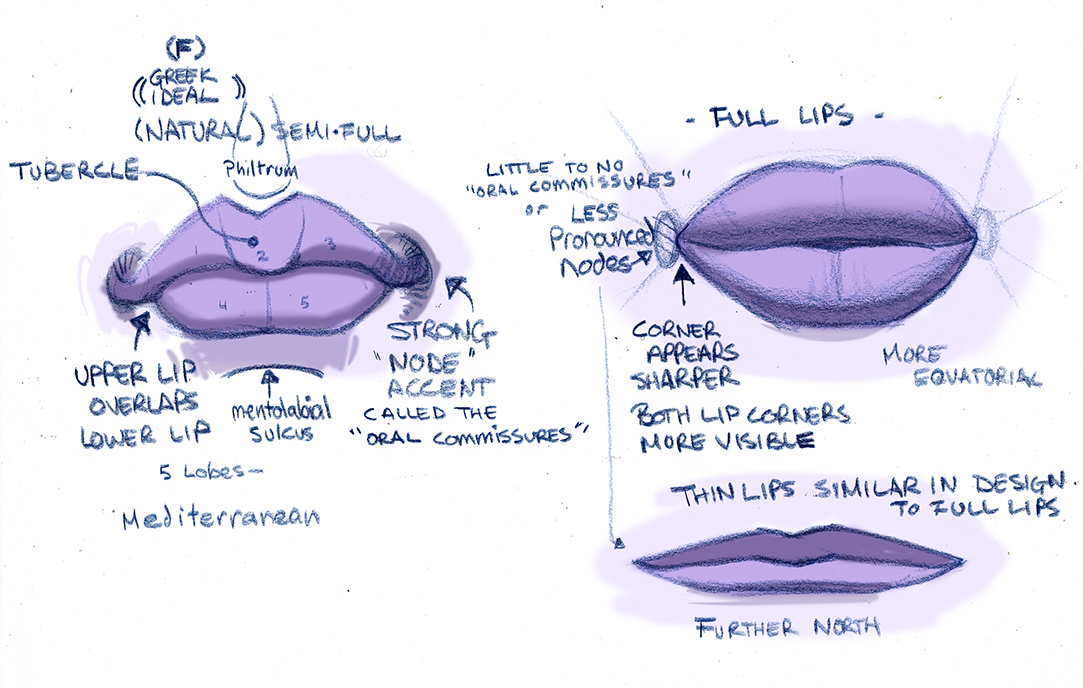
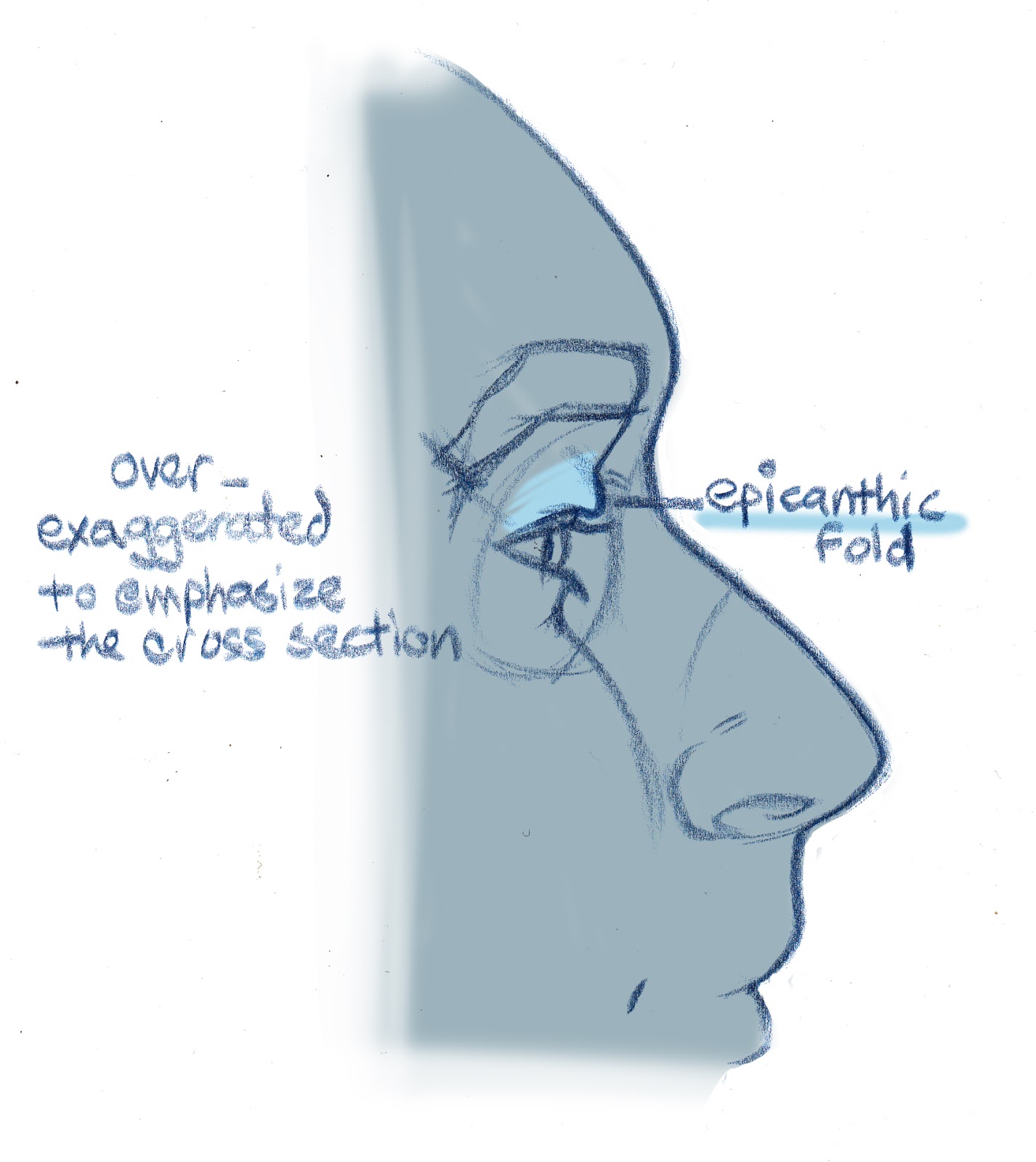
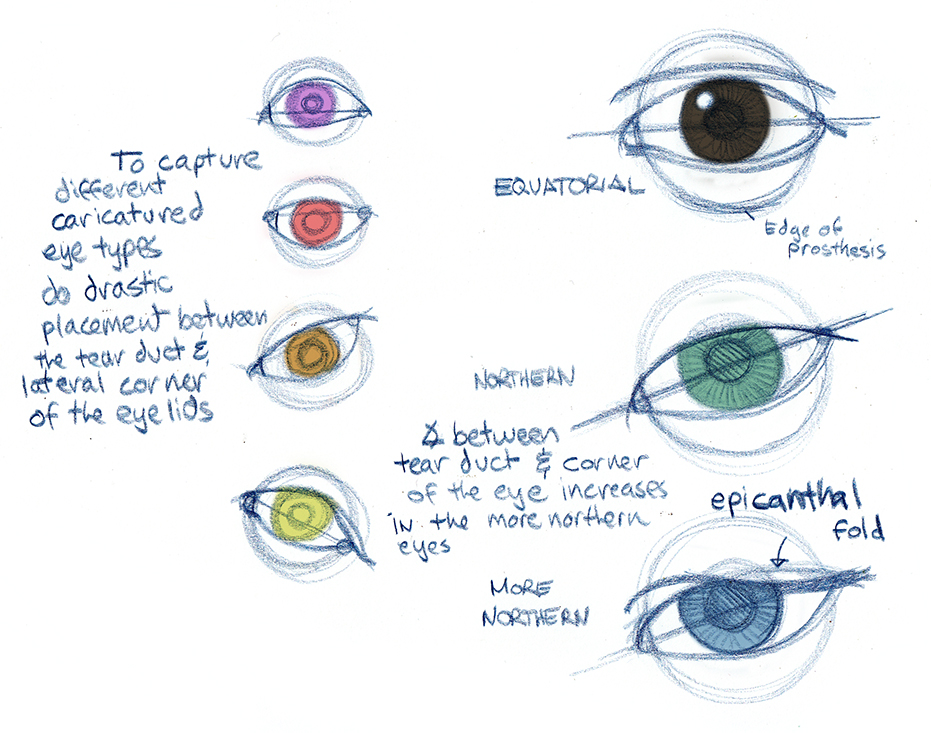

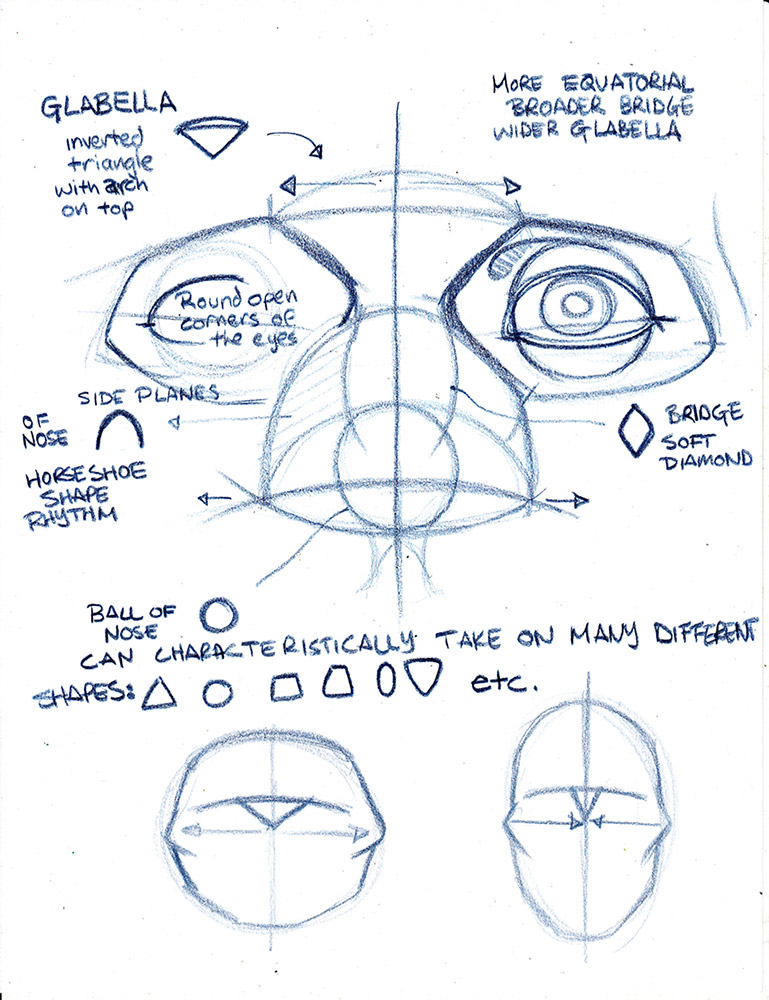

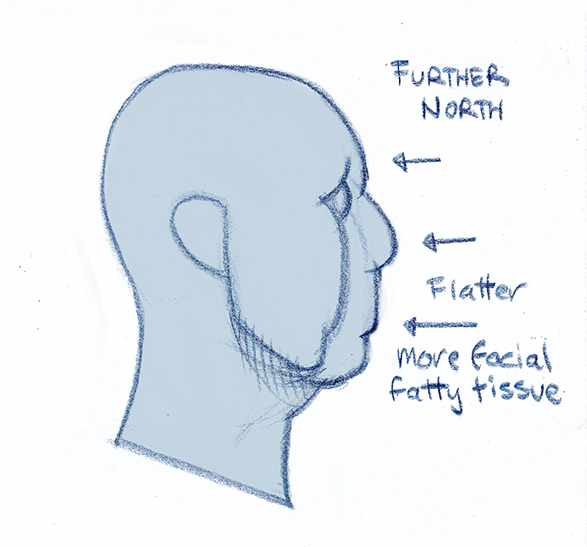
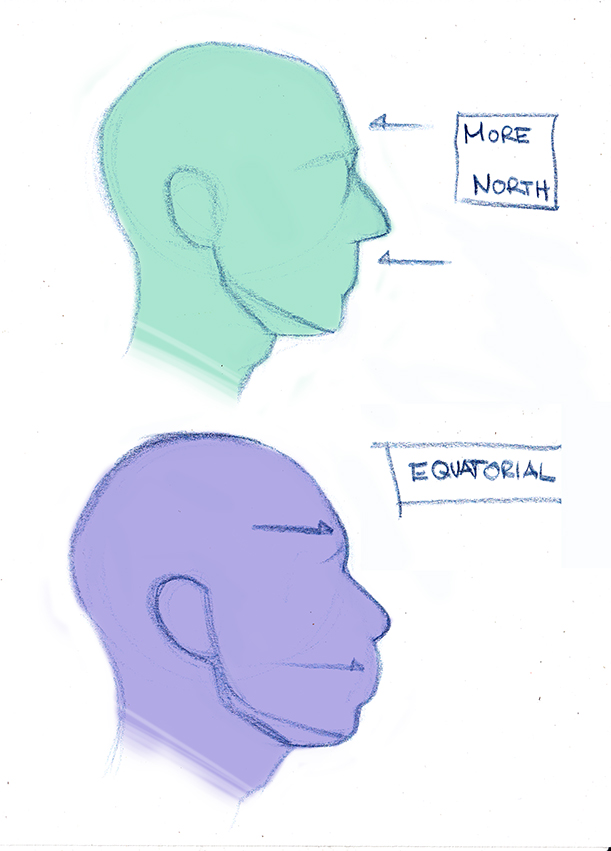
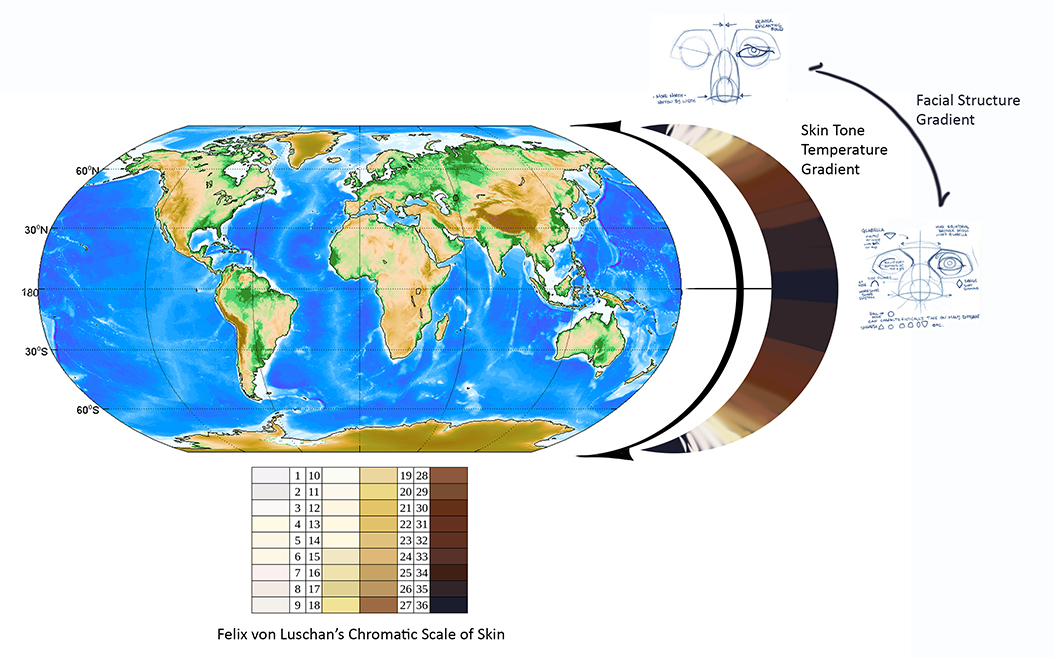
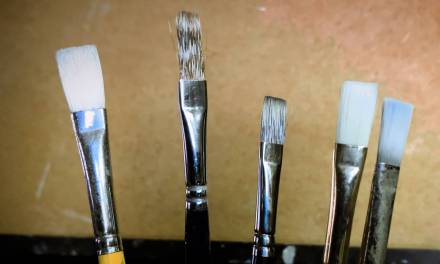
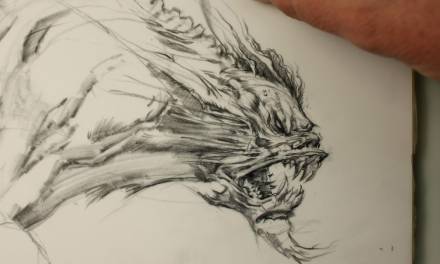
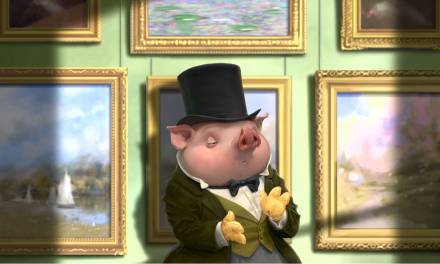
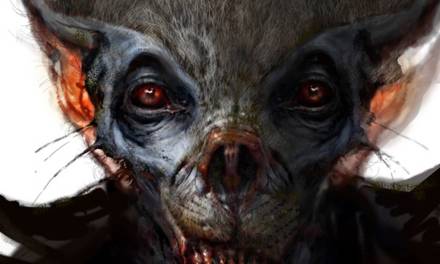

Clap clap clap clap…a master class.
Thank you for such an epically in-depth post! I'm definitely going to be referring back to this. I learned a lot I didn't know and hope to use when thinking about writing/drawing future characters.
Found this way more fascinating than I first expected to – thank you for such an interesting in-depth write up, I'm looking forward to the next post!
Truly Ron, this is an amazing article. I'm currently enrolled at the Milwaukee Institute of Art and Design and in our writing course we wrote at length on the topic of race. A reasoned and scientific approach to the subject as it pertains to art is rare, and difficult to find, even in a professional learning environment. I'm going to forward this article to the Illustration faculty for consideration of adding it to the curriculum. This is invaluable information!
Interesting way to look at things… does this mean that you are a Lamarckian evolutionist… or is this merely a way to mentally keep track of the physiology?
Excellent stuff, Ron. We moved to Hawaii a few years back and I've been meaning to work on portraits of the very diverse peoples here. This is very useful stuff, no matter where you live.
A great free 3D resource is MakeHuman, which lets you easily create posable figures. Basic sliders let you vary gender, age, proportions and also ethnicity. 3 sliders for “Africa,” Asian” and “Caucasian” get you started and there are tons of more and more subtle controls. Well worth spending time with. I was able to model a couple people based on historical photos and get pretty close except for facial hair.
A treat for any worldbuilder. Thanks!
Great post, Ron, just one small correction: the epicanthic fold is actually a different structure than the Asian “single eylid” that covers the crease of the upper lid. The epicanthic fold is when the inner corner of the upper eyelid extends over and past the tear duct. It often occurs with the single eyelid, but you can have double eyelids with an epicanthic fold, and single eyelids without. https://en.wikipedia.org/wiki/Epicanthic_fold
thank you very much.
that was the goal, and glad it helped. 🙂
Jessica, thank you very much. I look forward to having it completed, lots of painting to do until then. 🙂
Mordicai, thank you very much, looking forward to seeing what comes of it.
what an awesome resource. Thank you for the share. I wish I knew about this before the article. Thank you again!
arturoquimico, I believe in the concepts for sure but I do not know if I actually qualify as a Lamarckian evolutionist. I see points in each camp that make sense and I think somewhere down the line they will converge as we discover something bigger about us, at least that's what I hope anyway:).
Thank you, I hope I can get in on that conversation if anything happens? Keep me posted on the dialog.
Thank you Tristan, I totally agree. I have an extra few pages on just the fold alone and did not have time to include it in the article without it feeling like another different article on the eyes.
Thank you again for letting me know.
Thanks for posting this thoughtful article.
Thanks for posting this thoughtful article.